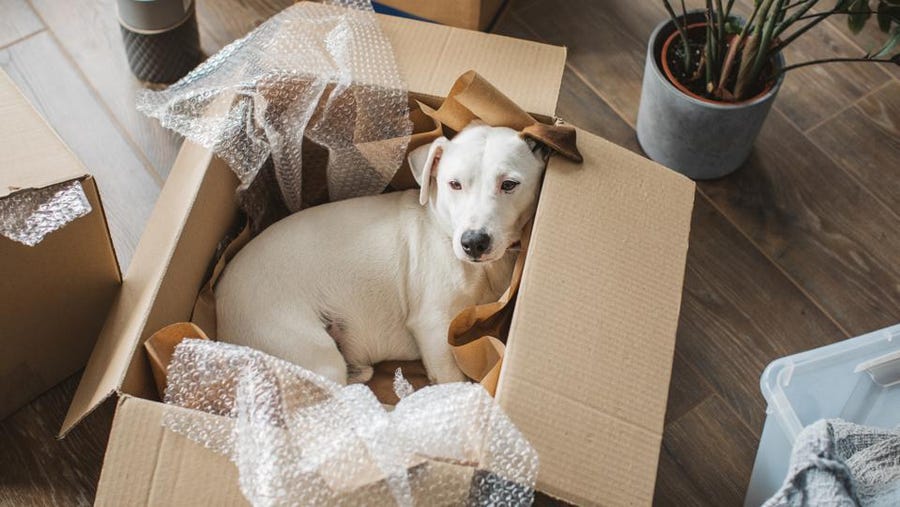The staff at Best Price is our biggest asset. We are constantly training and developing our personnel while creating career opportunities that provide advancement within the company.

Moving with pets is a sensitive issue to address when relocating.
Since moving can cause unneeded stress on your pets, it’s important to try and reduce these stress levels as much as possible. You also want to maintain your animals’ health and happiness when moving pets. With a few suggestions, moving with pets can be a positive experience for you and them.
There are a few things to accomplish before you begin moving with pets. Their health should be checked and certain precautions should be taken. By following Best Price Moving guidelines for moving with pets, your pets can enjoy and safe and healthy move. Here are some things you can do to ease the stress of moving the family pets to your new home:
Plan ahead. Advance planning will make your move less stressful on you and your pet. Pack over a period of time, and try to maintain your pet’s normal routine.
Invest in a high-quality, sturdy pet carrier. If you have a dog or cat that you want to keep safely confined on moving day, get a carrier ahead of time and gradually accustom your pet to spending time in it
Purchase a new ID tag for your pet. As soon as you know your new address, get a pet ID tag that includes your new address and telephone number(s). (Or obtain some other visible form of pet identification such as a collar with ID information imprinted on it or an identification band that attaches to the collar but does not dangle like a traditional tag.) An up-to-date ID tag is a lost pet’s ticket home.
Keep your pet secure. On moving day, place your pet (whether in the carrier or not) in a safe, quiet place, such as the bathroom, so that he or she cannot escape. Place a large sign on the door that says, DO NOT ENTER, and be sure that friends and professional movers are aware that the room is off-limits.
Make your car trip safe. If you’re traveling by car and your dog enjoys car travel, you may want to accustom him to a restraining harness. Because most cats aren’t comfortable traveling in cars, it’s best (for their safety as well as yours) to transport them in a well-ventilated and securely placed carrier. Never leave pets alone in a parked vehicle during warm weather as the temperature rises quickly and can injure or kill them. In any season, a pet in a parked vehicle is vulnerable to being harmed or stolen. Never put an animal in the trunk of a car, the open bed of a pickup truck, or the storage area of a moving van.
Talk to your veterinarian. If your pet doesn’t enjoy car rides, consult your veterinarian about behavior modification or medication that might lessen the stress of travel. Depending on your destination, your pet may also need additional vaccinations, medications, and health certificates.
Find hotels in advance. Listings of animal-friendly hotels will help you find overnight lodging during your move. Online information on Finding Animal-Friendly Hotel Accommodations will point you toward some useful resources and get your planning on track.
Plan ahead for air travel. Check with your veterinarian, the U.S. Department of Agriculture, and the airline if your pet will be flying. Also be sure to check out our online tips for traveling with your companion animal. You will need to take precautions to ensure your pet’s safety, so give yourself ample time to work out all the arrangements.
Prepare your new home. Take with you all the familiar and necessary things your pet will need from day one in your new home: food, water, medications, bed, litter box, food and water bowls, and health records. Also have on hand a recent photo of your pet, for use if your pet becomes lost.
